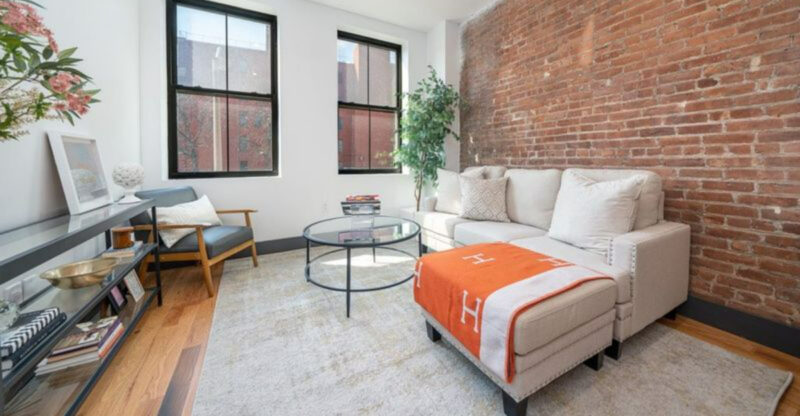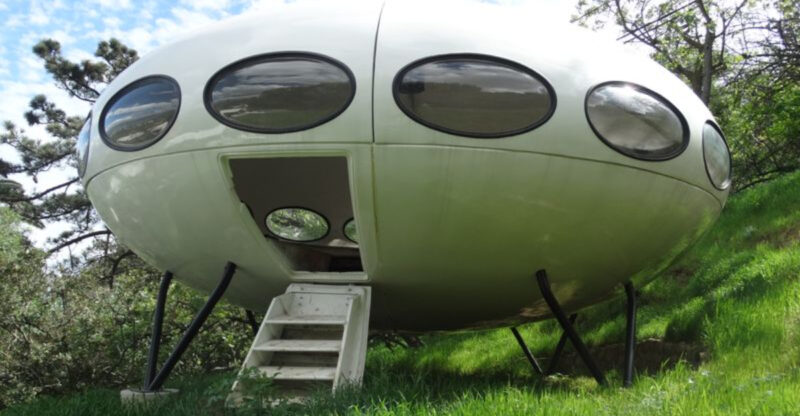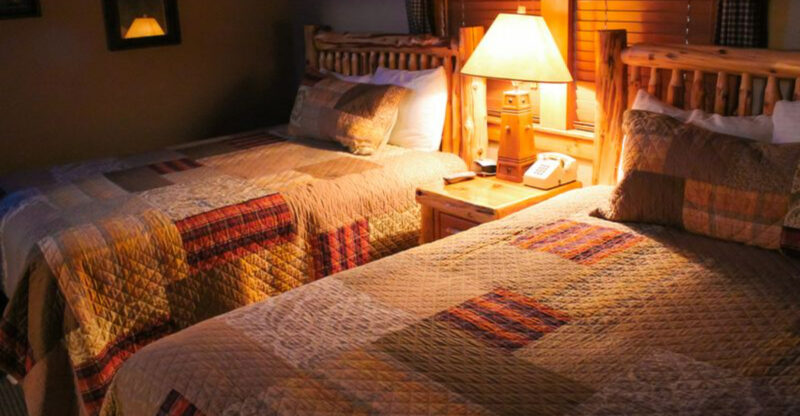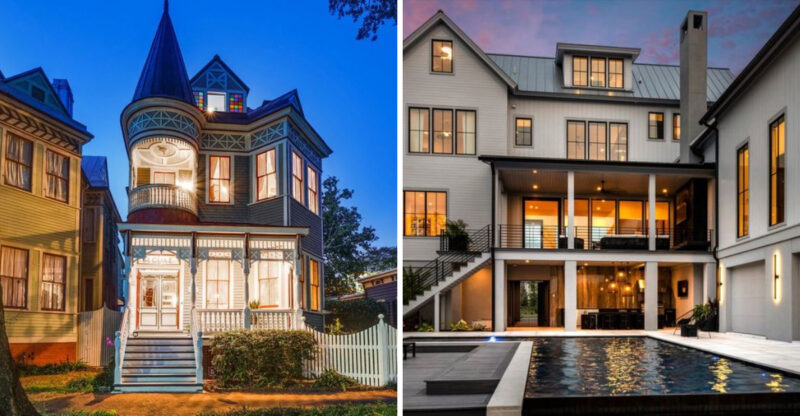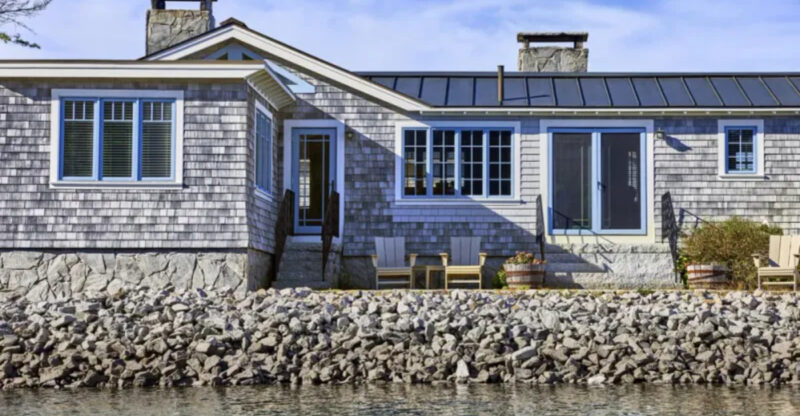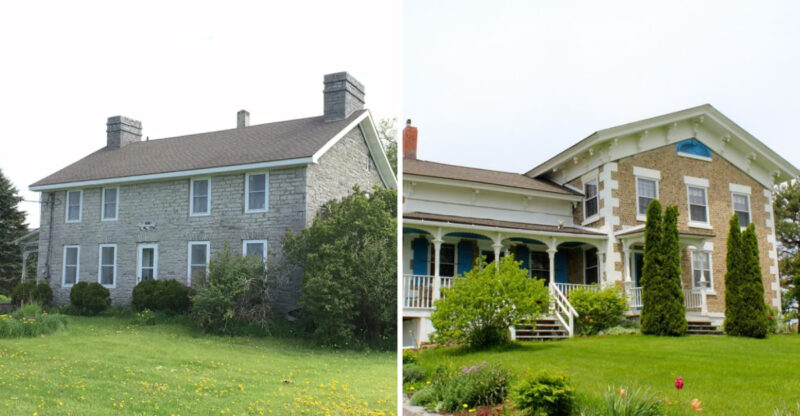What a Texas Home Taught Me About European Country Style 9 Ideas To Borrow
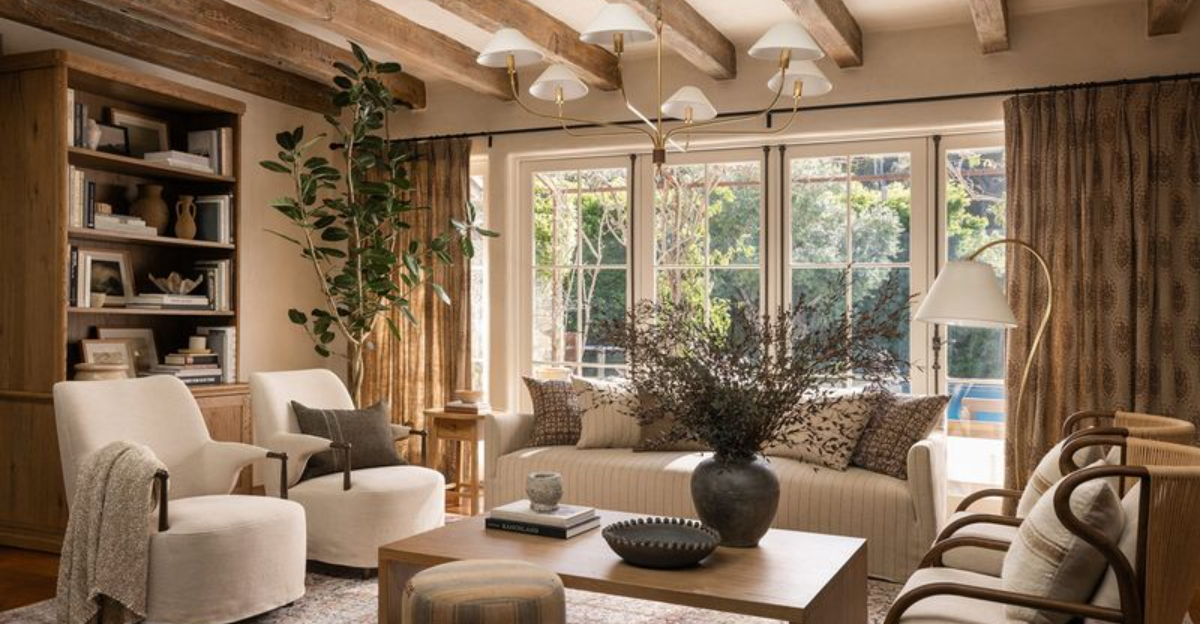
During my recent visit to a friend’s Texas ranch house, I was struck by how beautifully they had captured European country charm in the heart of the Southwest.
Their home blended rustic Tuscan elements with French countryside touches, creating a warm and inviting space that felt both sophisticated and lived-in.
I couldn’t help but take mental notes of ideas worth stealing for my own home makeover project.
1. Exposed Wood Ceiling Beams
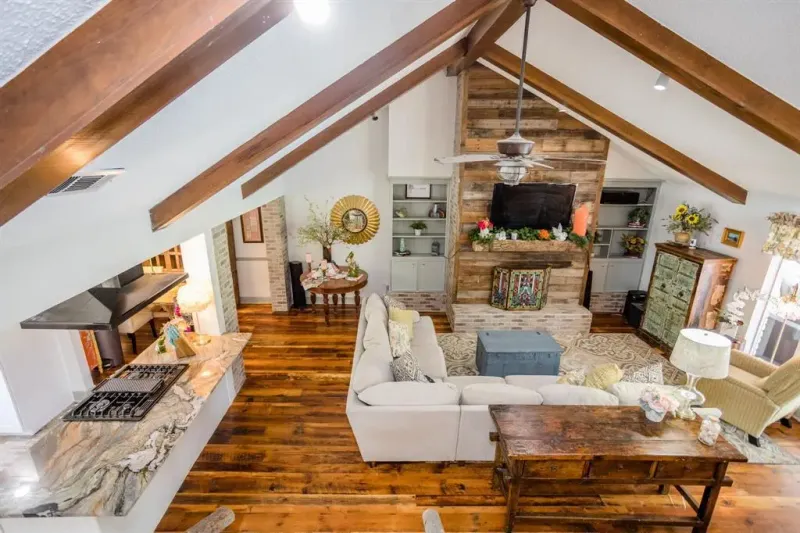
Walking into their living room, I immediately noticed the dramatic reclaimed oak beams stretching across the ceiling. These weren’t just decorative add-ons but authentic structural elements salvaged from an old barn in Pennsylvania.
The rich patina and visible saw marks told stories of the past, bringing instant character to an otherwise modern space. My friend mentioned how the beams help define different areas in their open floor plan without needing walls.
If authentic beams are beyond your budget, many companies now offer lightweight faux wood beams made from polyurethane that install easily and provide the same visual impact at a fraction of the cost.
2. Aged Brass or Iron Fixtures
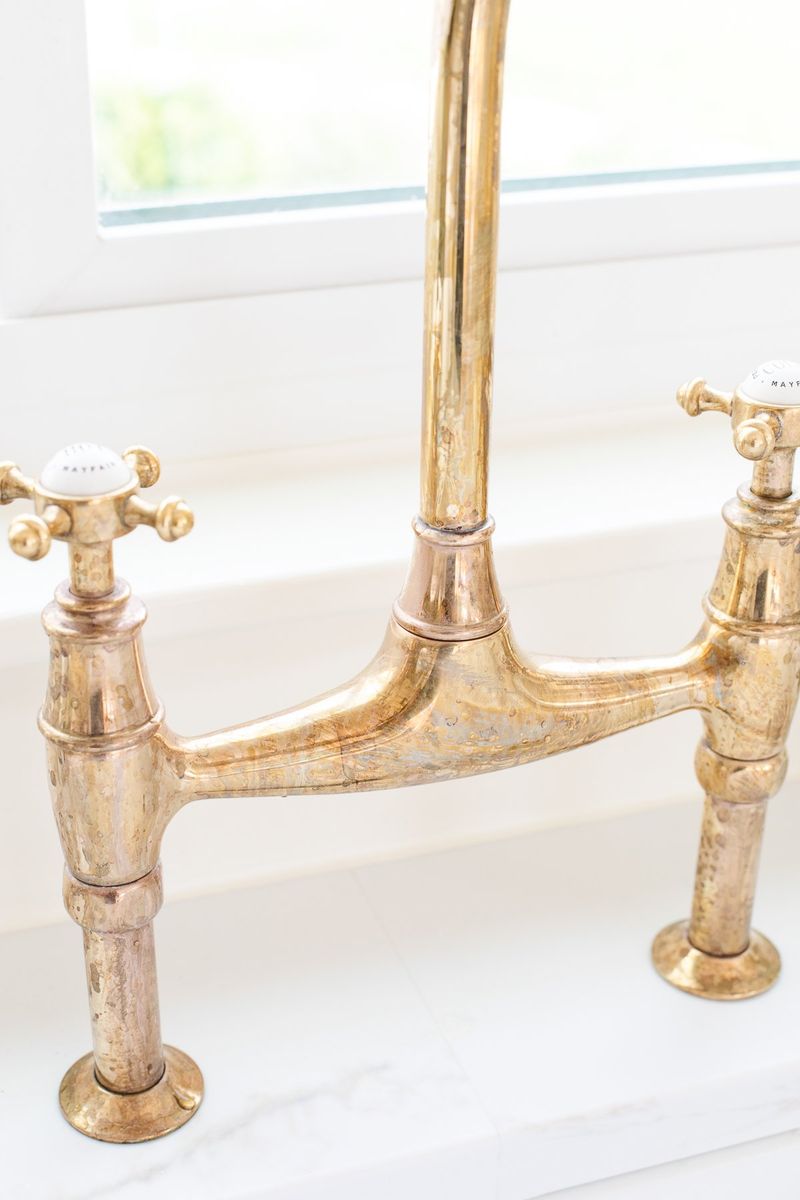
Forget shiny chrome or trendy matte black their home featured unlacquered brass and hand-forged iron fixtures throughout.
The kitchen faucet had developed a gorgeous patina over just two years, with fingerprints and water spots creating a living finish that changes daily. In the bathrooms, iron sconces with linen shades cast a soft glow that no LED can match.
What impressed me most was how these fixtures weren’t precious showpieces but hardworking elements that looked better with age and use. My friend advised buying true unlacquered brass rather than pre-aged finishes, letting natural oxidation create authenticity that can’t be manufactured.
3. Soft Linen and Cotton Textiles
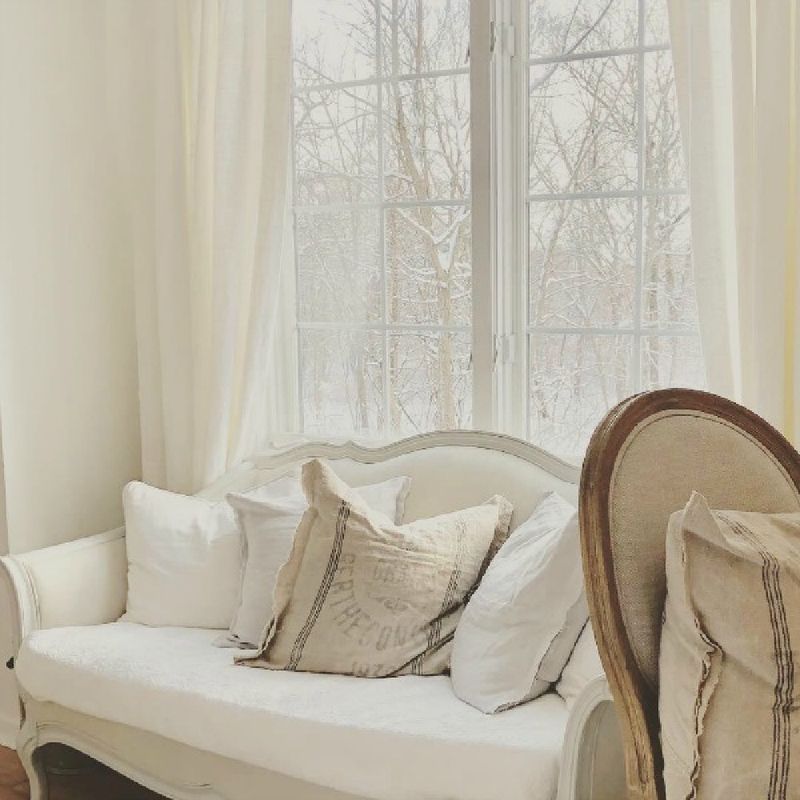
The sofa cushions were wrapped in rumpled French linen that invited you to sink in without worry. Nothing felt precious or off-limits. Wrinkles weren’t just accepted but celebrated as part of the aesthetic.
Their dining table featured simple striped cotton napkins stored in a wooden bowl for easy access, not hidden away for special occasions. Window treatments were unlined linen panels that filtered light beautifully while moving gently with every breeze.
I learned they wash all linens with lavender-scented soap and hang them to dry in the Texas sun, avoiding fabric softeners that would reduce the natural texture that makes these textiles so appealing in a European-inspired home.
4. Distressed Wood Furniture
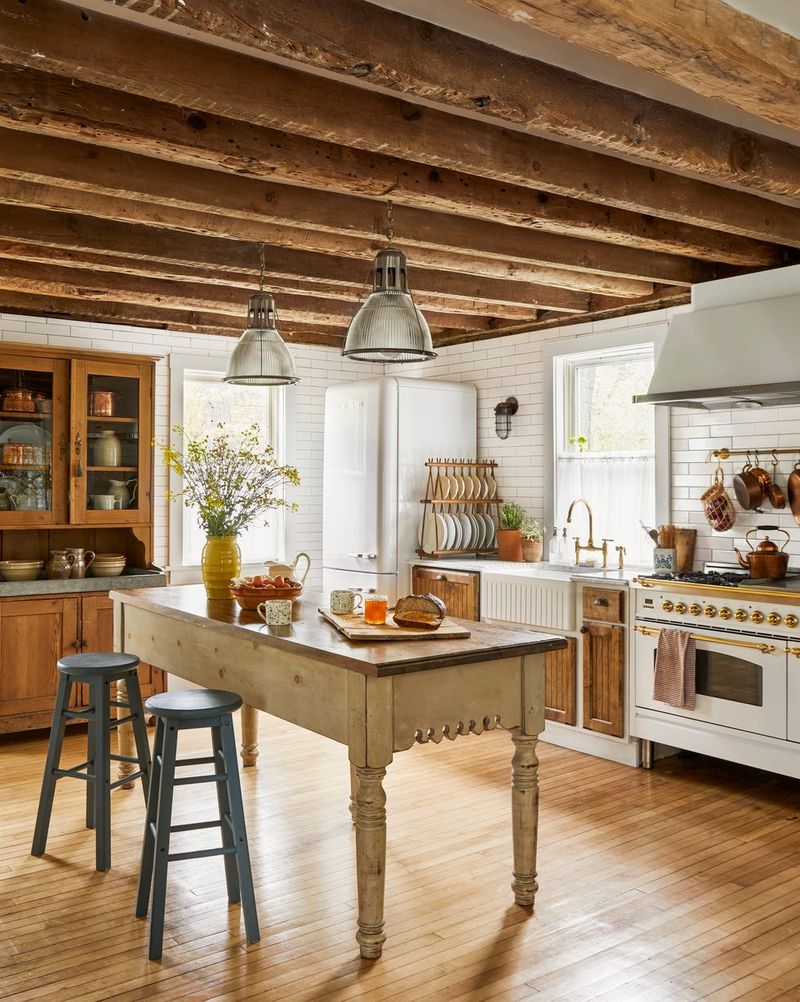
A massive farmhouse table dominated their dining room, bearing scratch marks, water rings, and even crayon scribbles from their grandchildren.
Rather than hiding imperfections, they pointed them out proudly as evidence of a well-loved home. In the entryway stood a painted Swedish-style bench with chippy blue paint revealing layers of colors underneath.
When I asked about refinishing it, they laughed and said the whole point was its imperfect history. Most surprising was learning that several pieces were actually new purchases that they had intentionally distressed themselves using chains, sandpaper, and even coffee grounds to create instant character and remove the preciousness that prevents truly comfortable living.
5. Stone or Terracotta Flooring
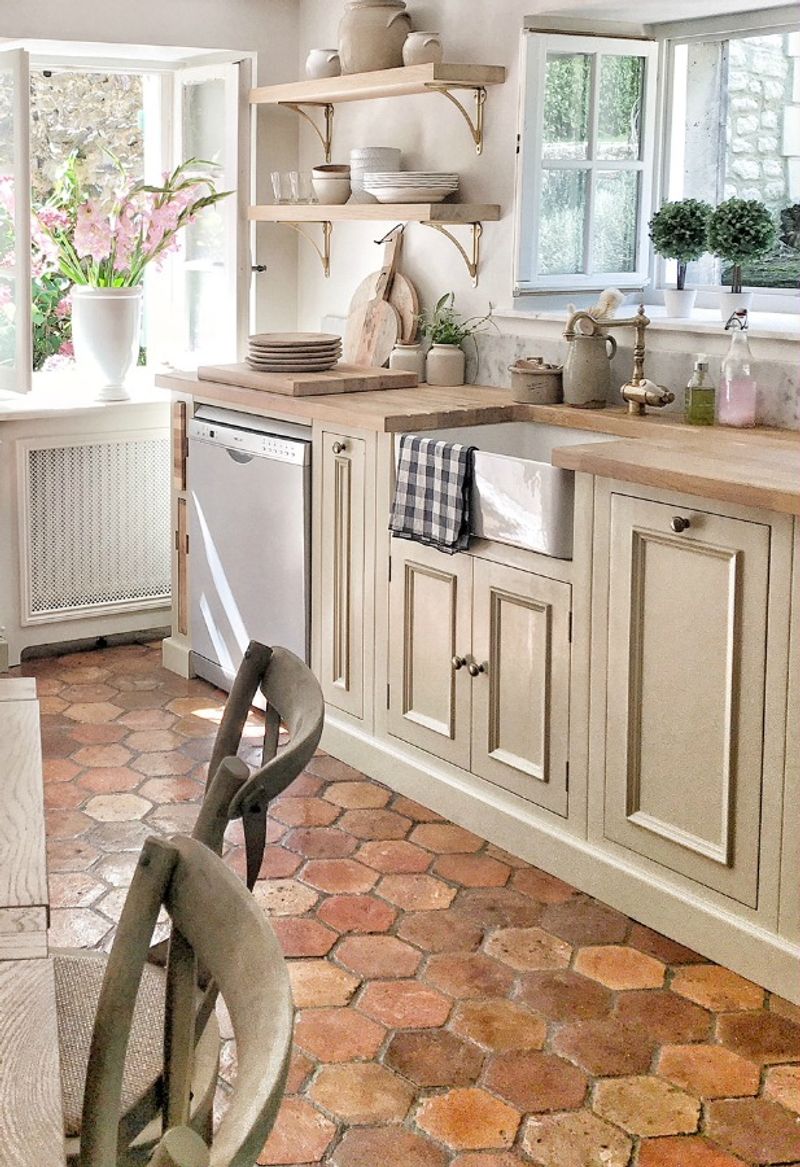
Heated terracotta tiles in the kitchen felt wonderfully warm underfoot despite their rustic appearance. The uneven edges and slight color variations created visual interest that perfect machine-made tiles could never achieve.
In the sunroom, limestone flooring brought the feeling of an old French courtyard indoors, complete with fossils and natural imperfections. My friend mentioned how these natural materials actually look better with age and wear, unlike ceramic tiles that can chip and crack.
The most practical tip I learned was that darker grout is essential with these materials their original white grout was a cleaning nightmare until they had it professionally colored to a warm taupe that disguises dirt while enhancing the tiles’ natural beauty.
6. Mismatched Vintage Dining Chairs
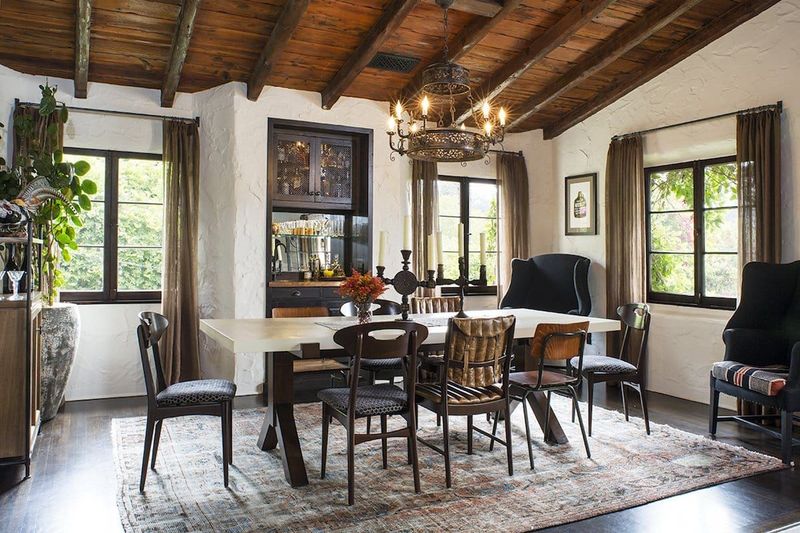
Around their farmhouse table sat eight completely different chairs unified only by their weathered wood tones. Some had rush seats, others were painted, and one even had a sheepskin draped over its back. This deliberate mismatching created a collected-over-time feeling that no matching dining set could ever achieve.
My hosts explained they’d gathered these chairs from various antique shops, family members, and even roadside finds over many years. The secret to making this look work, they shared, is maintaining similar seat heights for comfort while varying the back heights for visual interest.
They also recommended starting with two matching end chairs to anchor the arrangement, then filling in with unique finds as budget allows.
7. Open Shelving with Pottery and Glassware
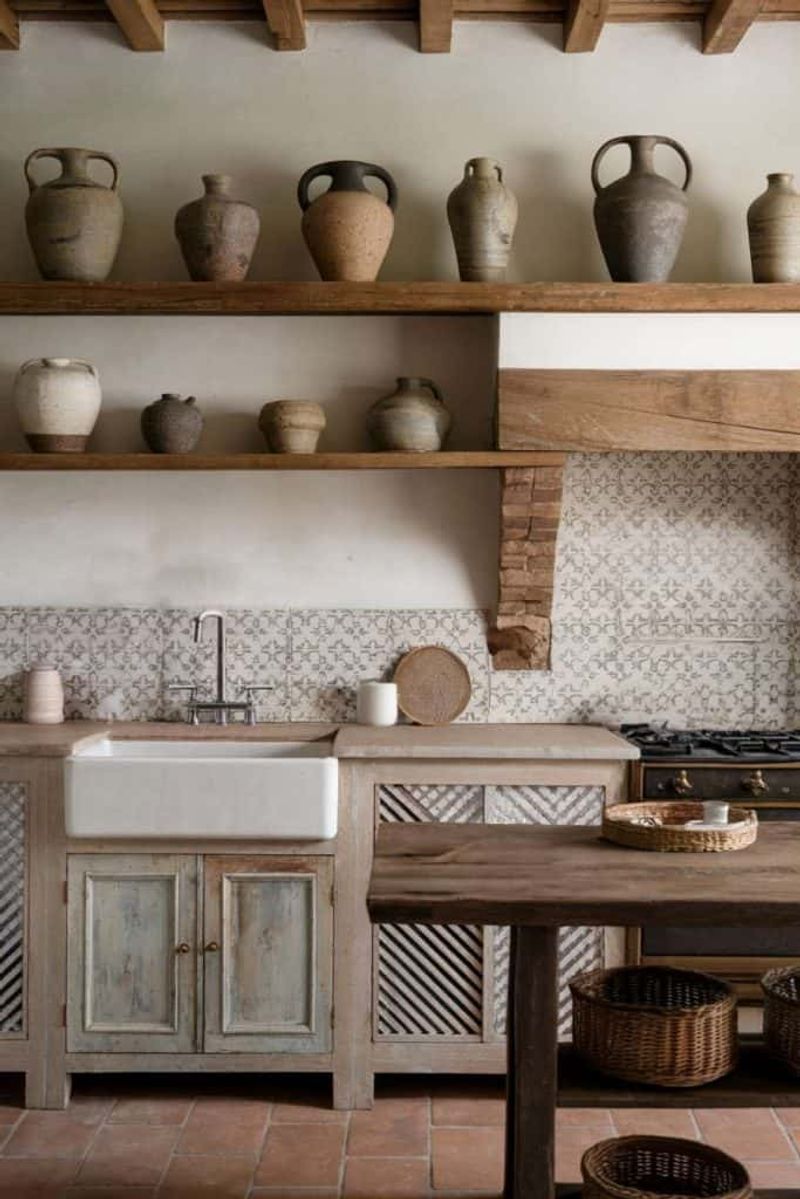
Instead of upper cabinets, their kitchen featured simple wooden shelves lined with everyday dishes, pottery, and glassware. Nothing matched perfectly blue pottery mixed with clear drinking glasses and white plates in an artful arrangement that was both practical and beautiful.
When I asked about dust, they admitted it requires regular use and rotation of items, which naturally prevents buildup. The shelves themselves were made from thick reclaimed wood planks supported by iron brackets, adding architectural interest to basic white walls.
My friend revealed her secret to making open shelving look intentional rather than cluttered: limiting the color palette to three main colors and grouping similar items together, while leaving enough negative space around collections to let each piece breathe.
8. Warm, Muted Earth-Tone Palettes
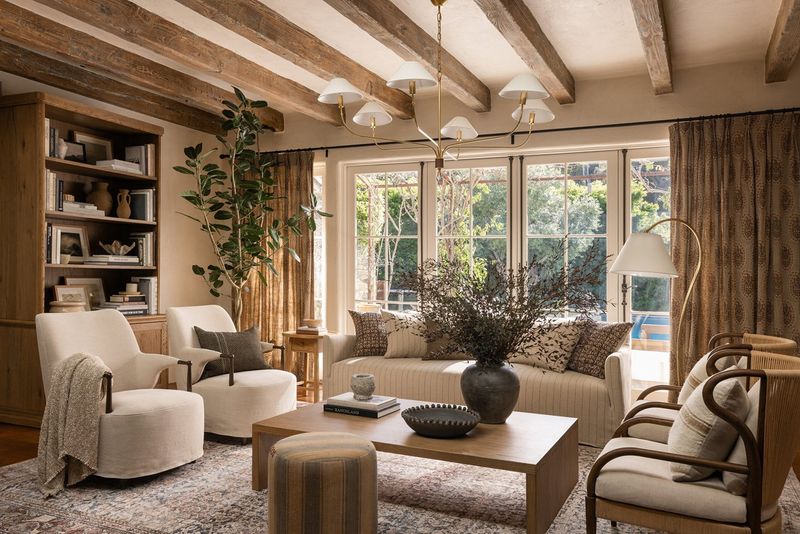
The walls throughout their home were painted in colors that defied easy description not quite beige, not quite gray, but warm limestone tones that changed with the light throughout the day.
These complex neutrals created a perfect backdrop for their furniture and art. In the bedroom, a dusty olive green created a cocoon-like feeling without being dark or heavy. My friend shared how they avoided trendy colors in favor of timeless hues found in nature clay, stone, wheat, and soil.
The most interesting paint treatment was in their powder room, where they’d applied limewash in an earthy terracotta that had subtle variations giving depth to the small space. They recommended testing paint colors on large boards that can be moved around the room to see how they look in different light.
9. Layered Natural Textures
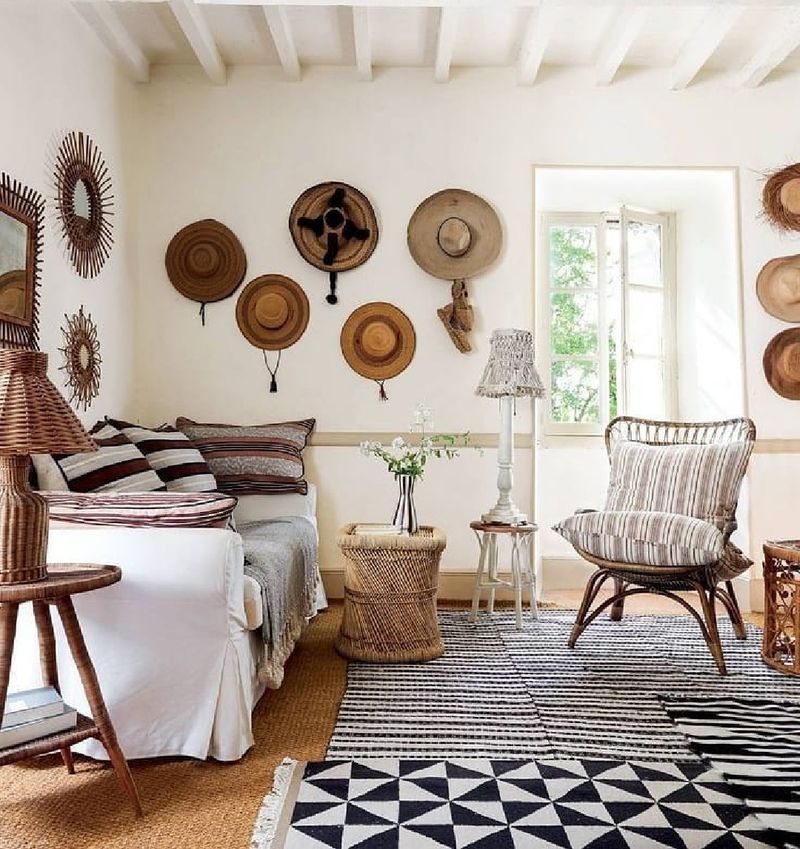
If I had to identify the single element that made their home feel so European, it would be the masterful layering of natural textures. A sisal rug anchored the living room, topped with a faded antique wool rug, then accessorized with linen pillows and a chunky knit throw.
Woven baskets corralled everything from magazines to firewood, adding both function and visual warmth. Window treatments featured natural reed blinds under simple linen panels, creating depth through layering.
My hosts emphasized that texture, not pattern, is the secret to creating visual interest without busyness. They suggested starting with larger textural elements like flooring and rugs, then building upward with furniture, textiles, and finally smaller accessories all while maintaining a disciplined color palette.

